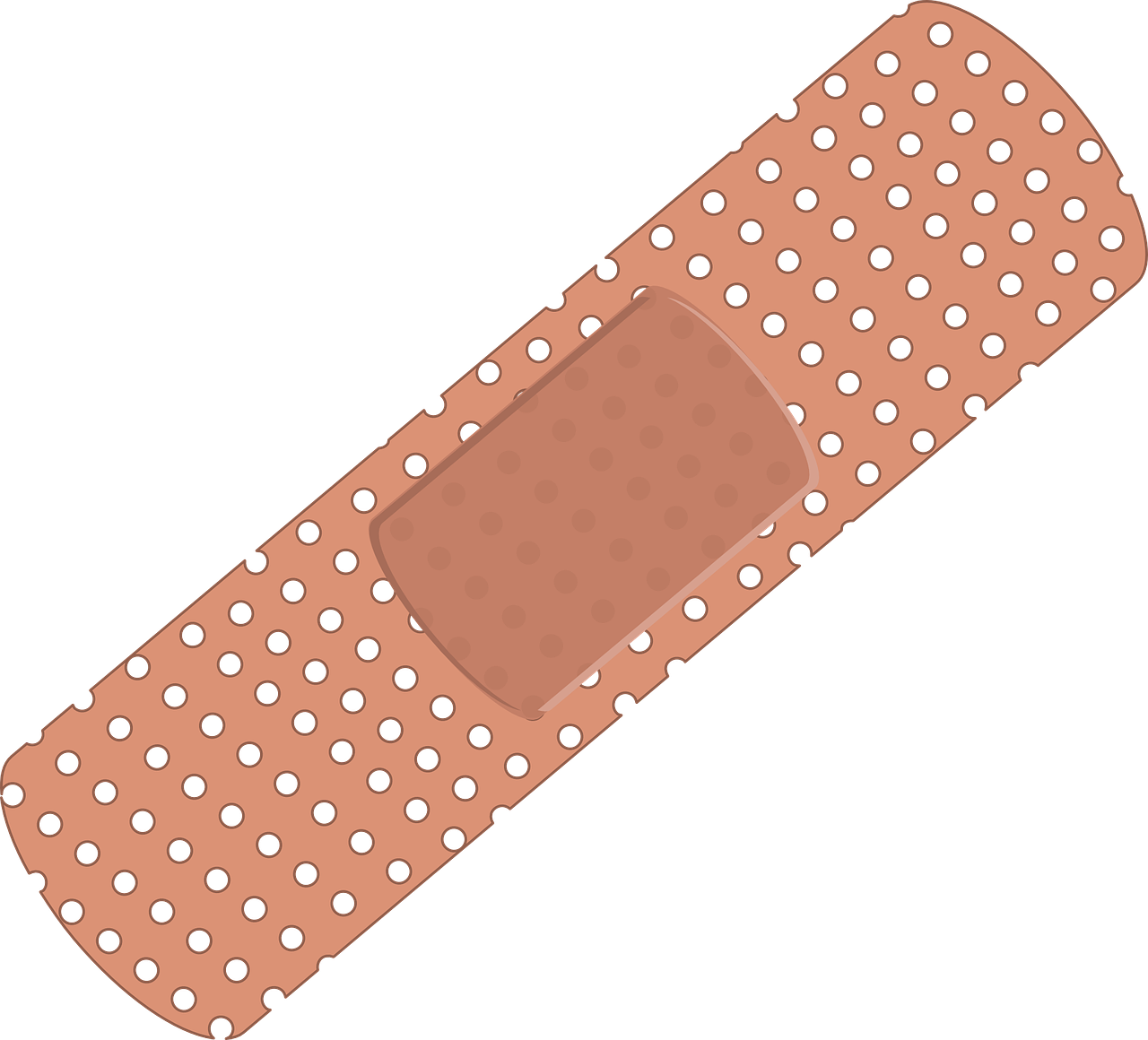When you are in the air ambulance industry, it is natural that you come across different cases and incidents on a daily basis. You may often have to be part of missions in which the patient has been in a critical accident and is suffering from a serious injury. In such cases, there is a huge chance that they are suffering from a wound that is bleeding heavily. This makes it crucial for you stay updated with tips on how you can pack such wounds and provide better medical flight service and effective care for such patients.
Key Wound-Packing Tips for Medical Flight Paramedics
Take a look at the following useful tips in order to better improve how you pack wounds that are bleeding severely:
- Direct pressure – Applying direct pressure on the wound is the first step you will need to carry out. You can use a gauze, rag, hand, knee, or whatever is available to stem the flow as you prepare your supplies.
- Pushing in the wound – Now the next step is to push hard in the wound using your hand or finger so you can stop the bleeding.
- Proper packing – One of the most crucial steps for medical flight paramedics is to pack gauze (plain or hemostatic) into the wound. Keep doing this until no more gauze can go in.
- More pressure – Once you’re done with this step, apply firm pressure against the wound for about three minutes. This combined effort of wound packing and firm pressure usually does the trick to stop the bleeding.
After this, you will need to reassess the wound and see if the bleeding has stopped. If it has, you can then begin the transportation process but if it hasn’t, you will need to repeat the process.


